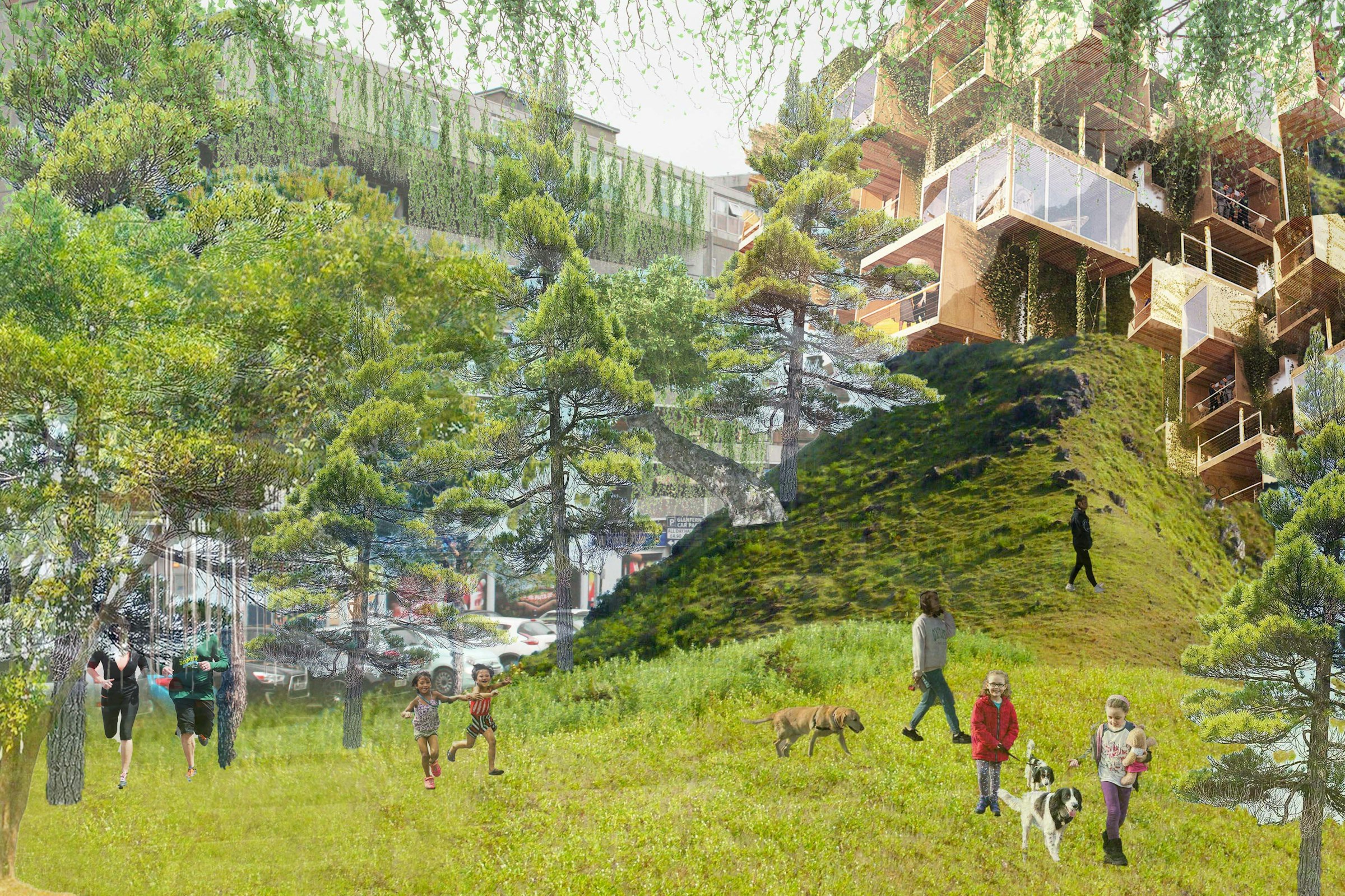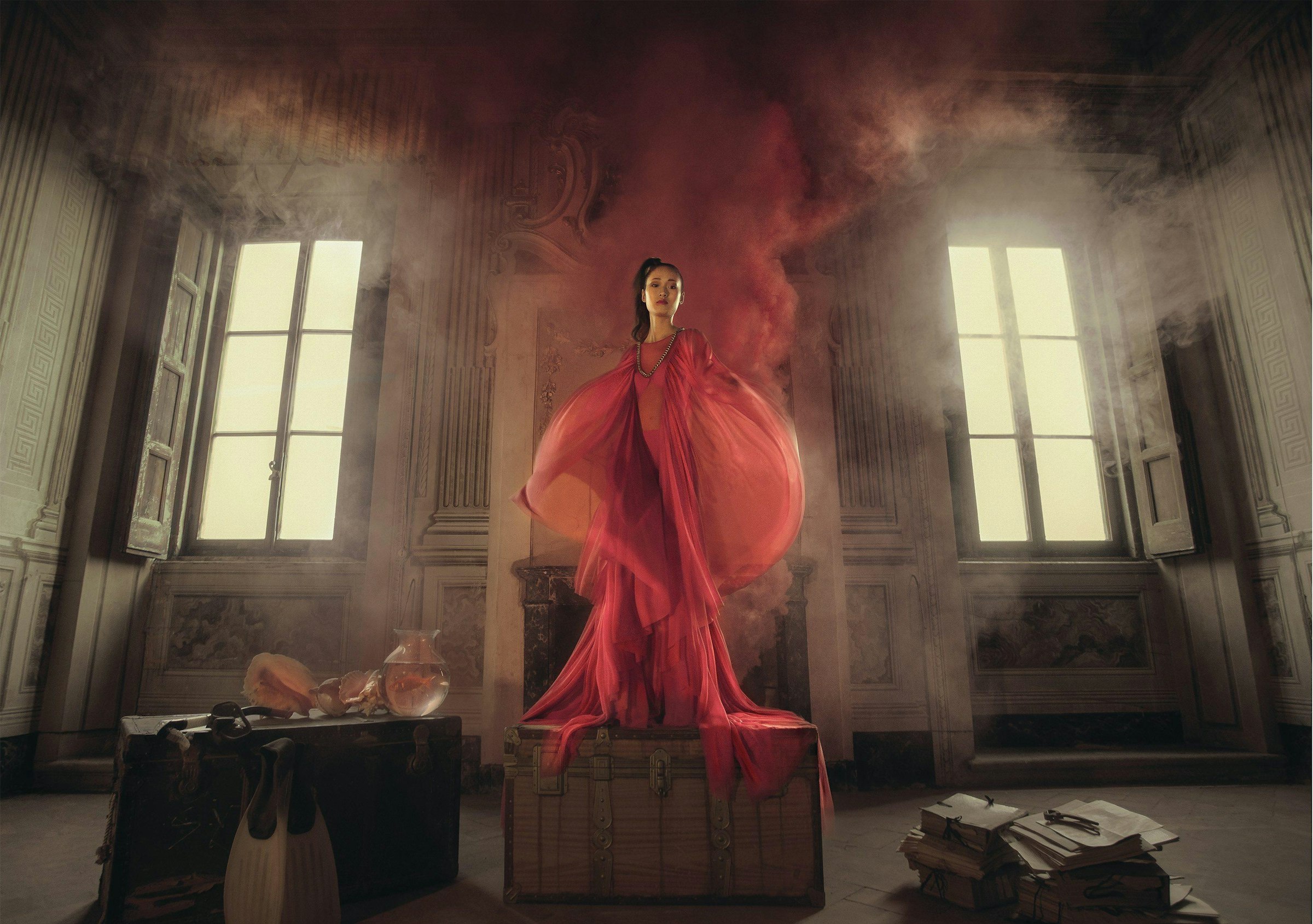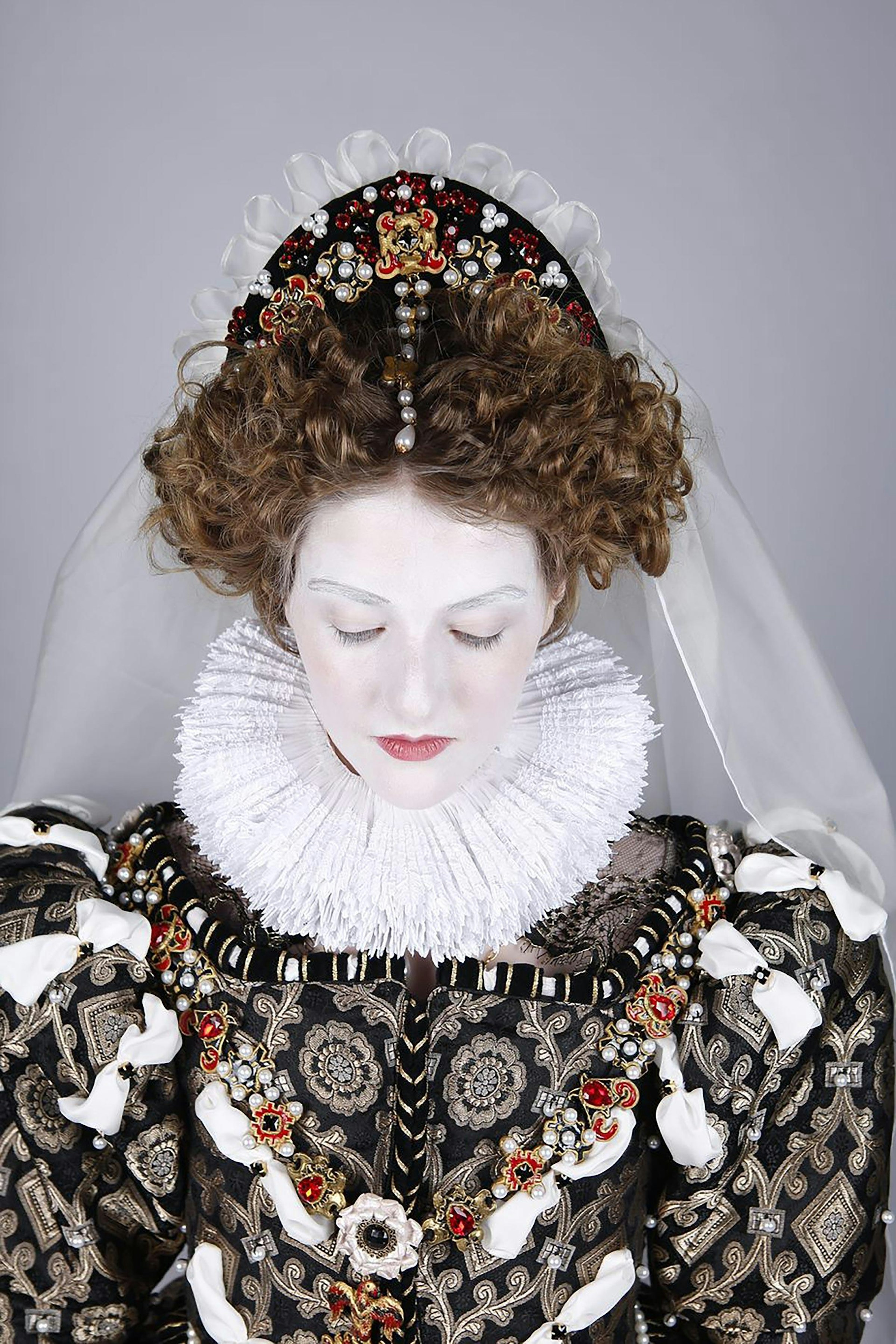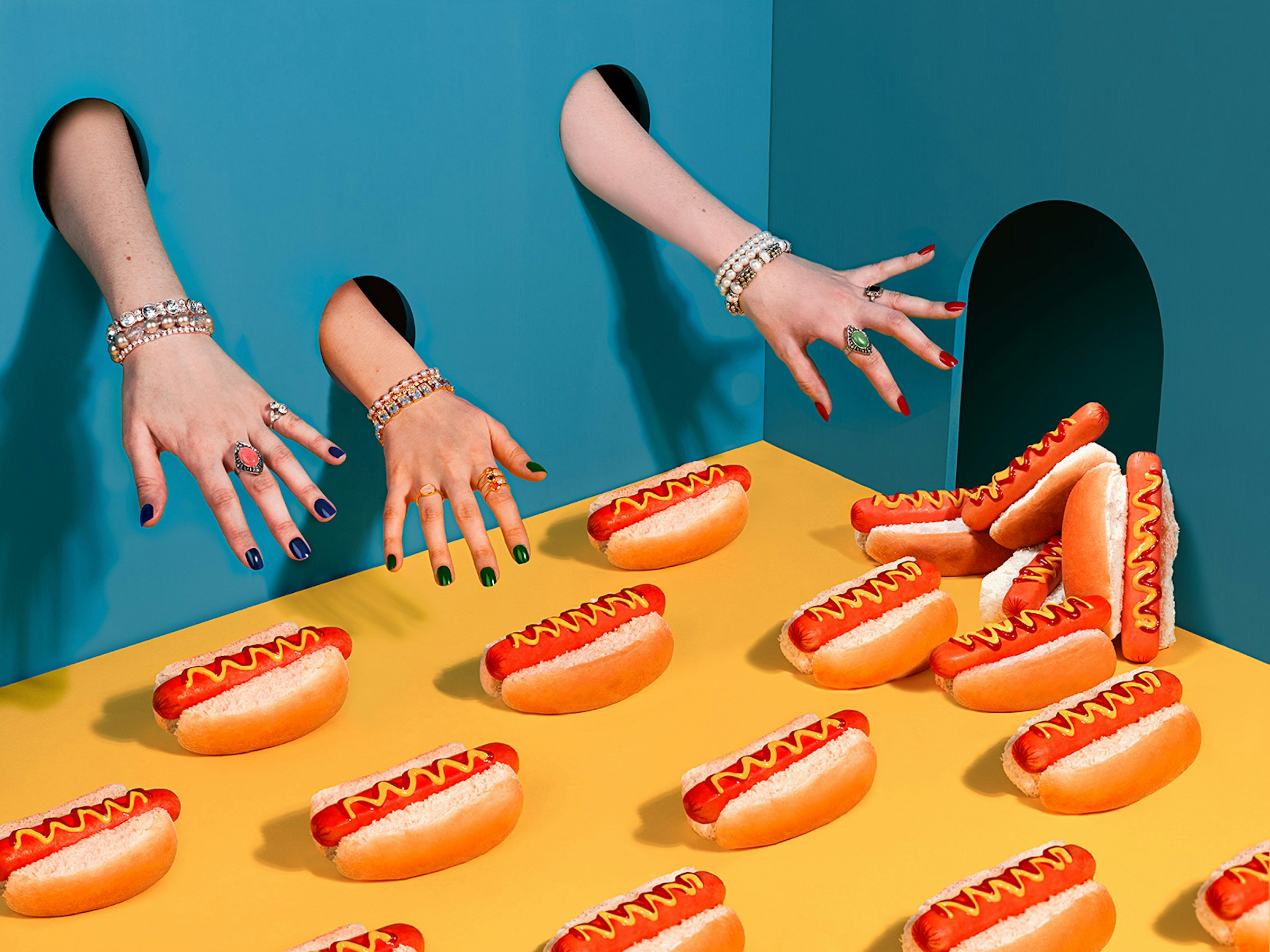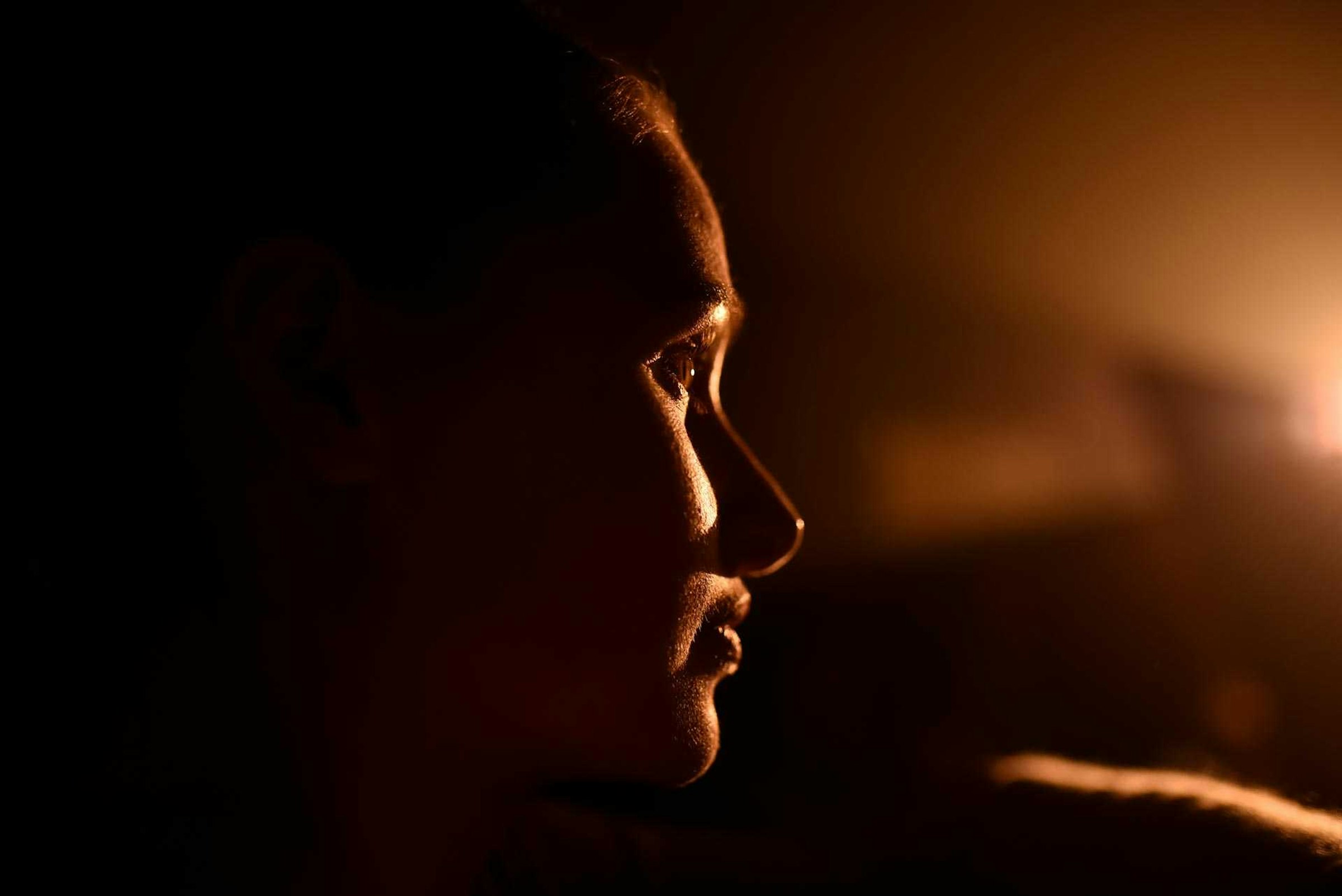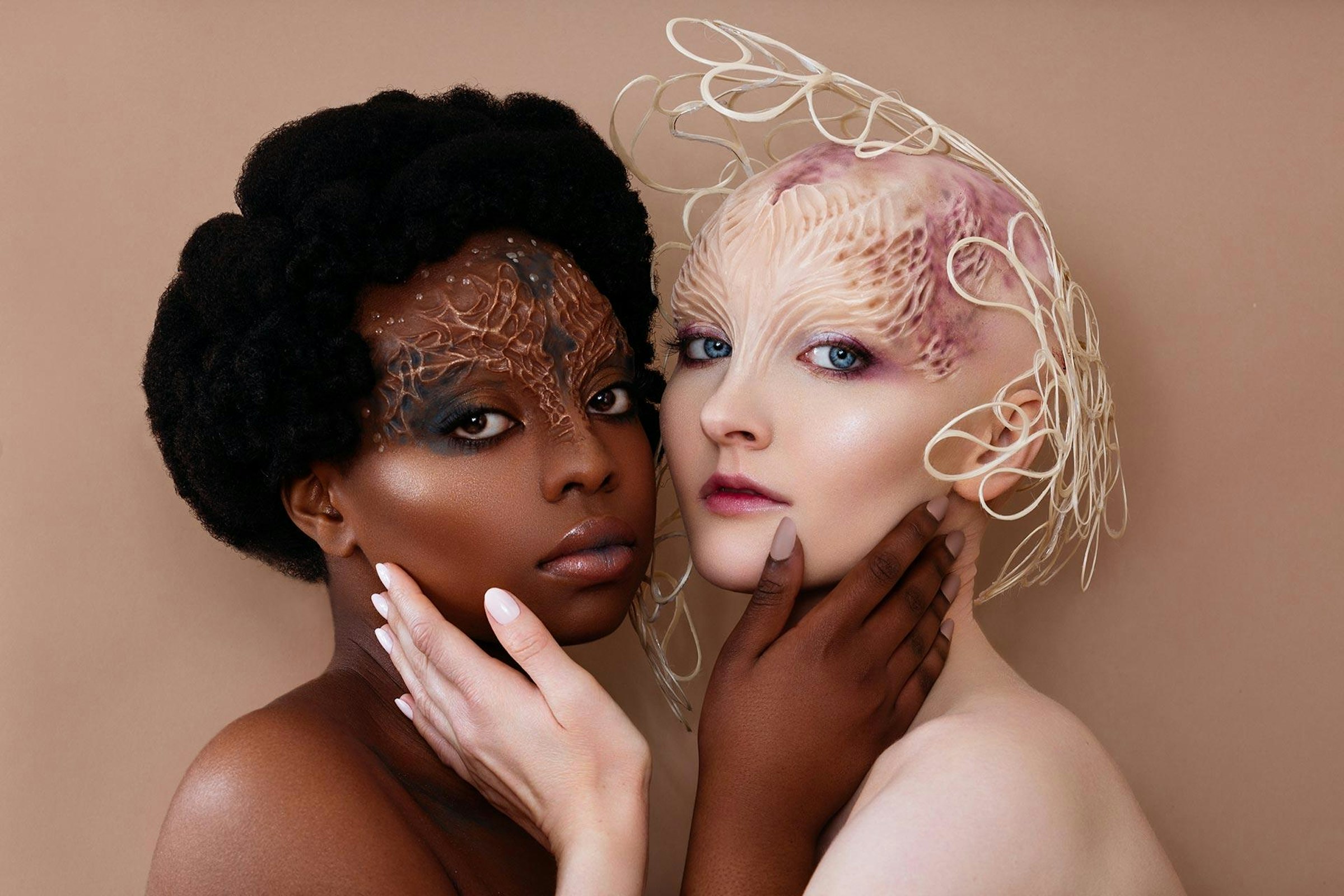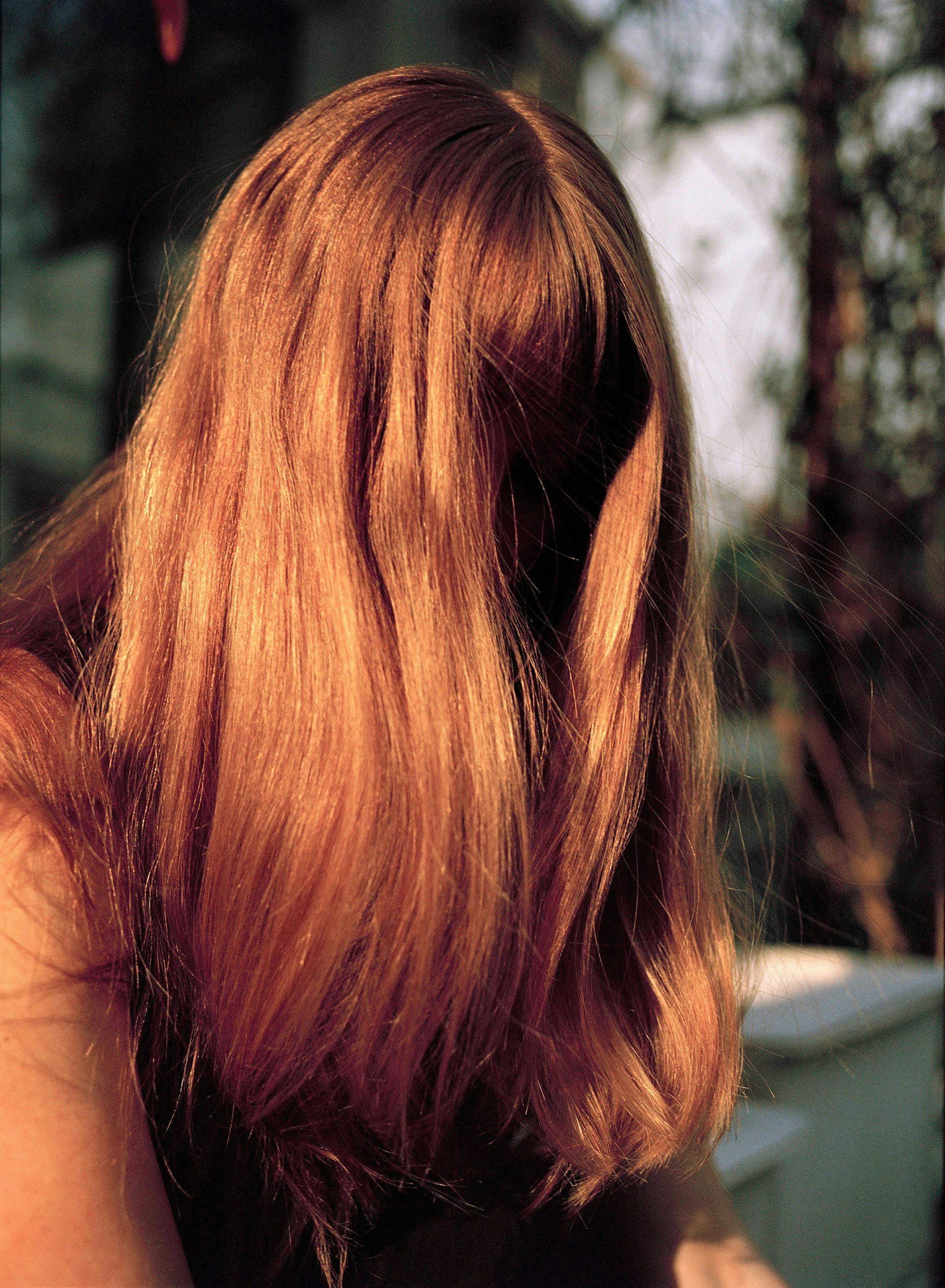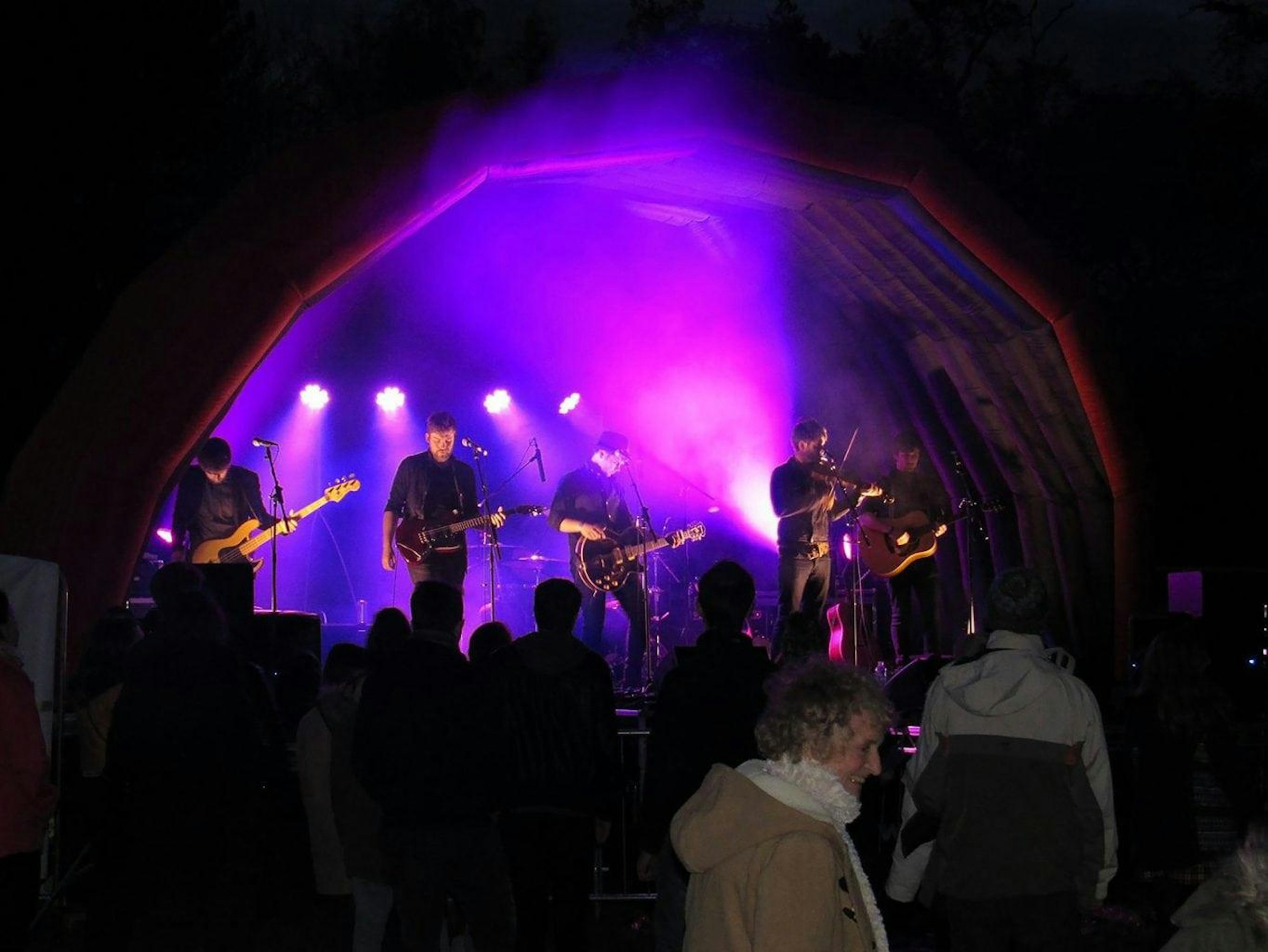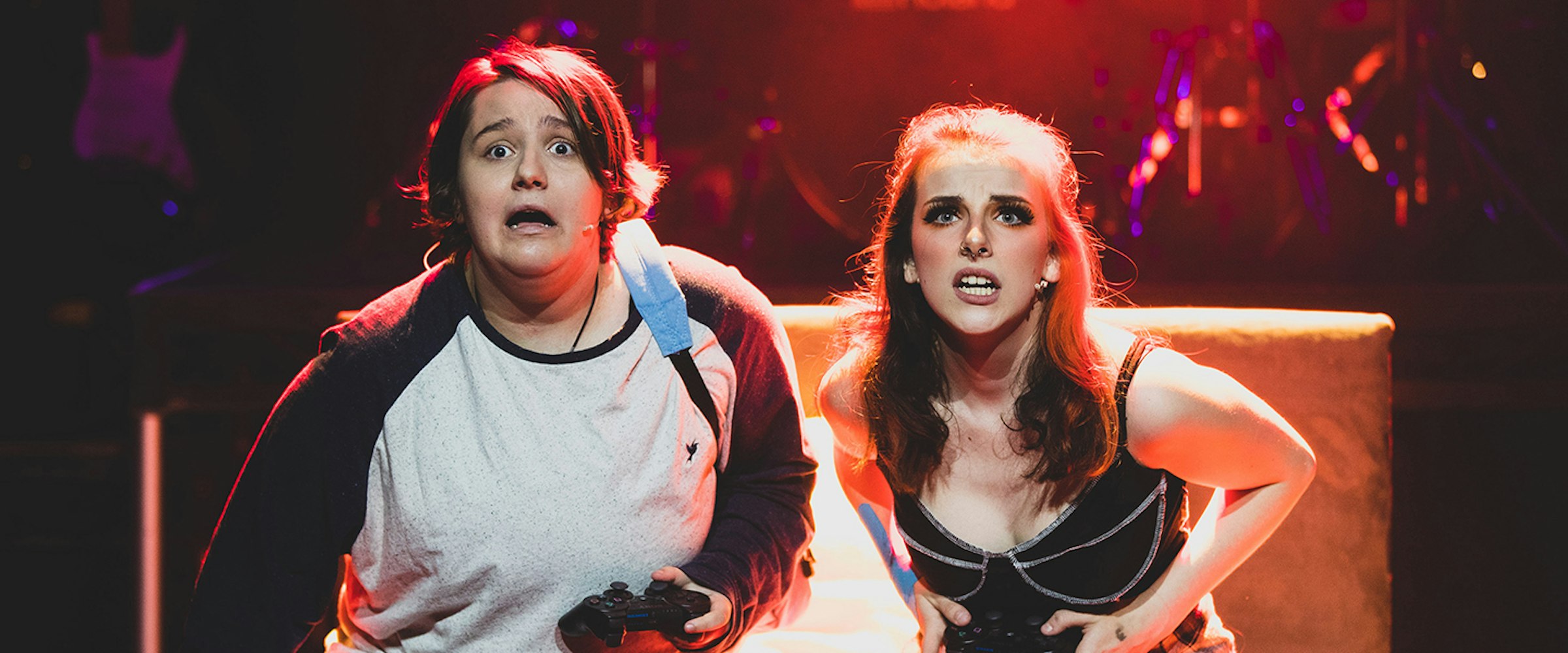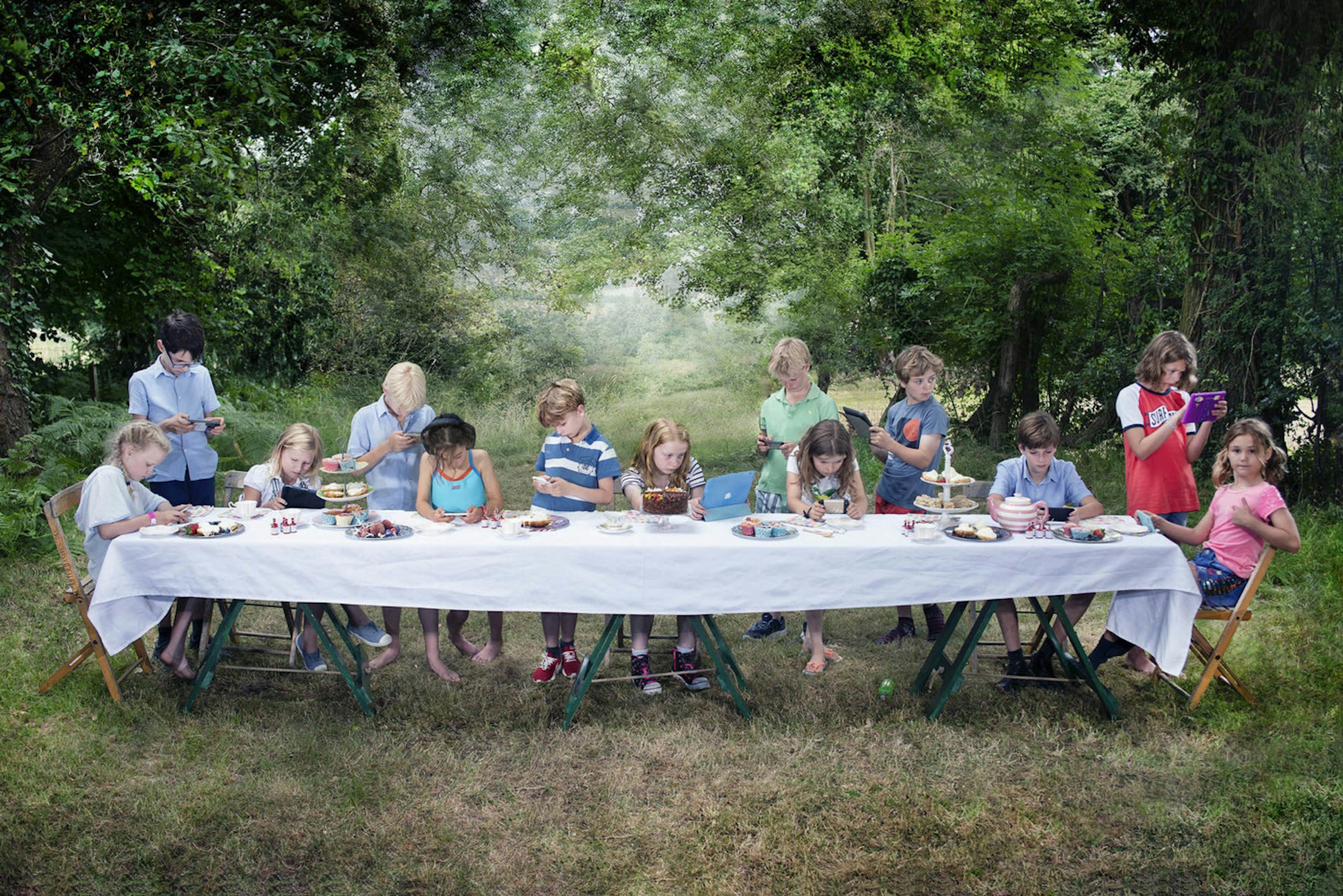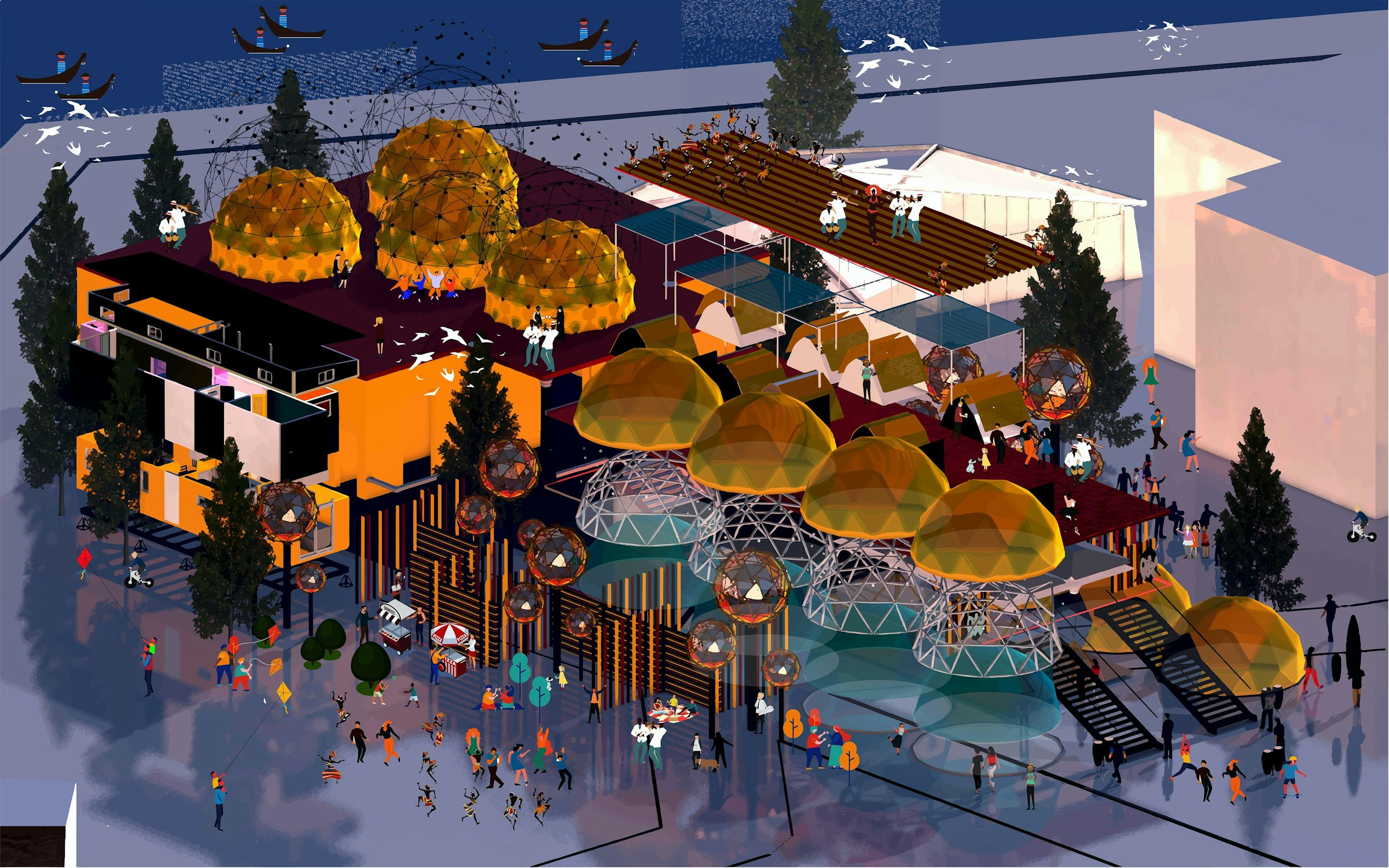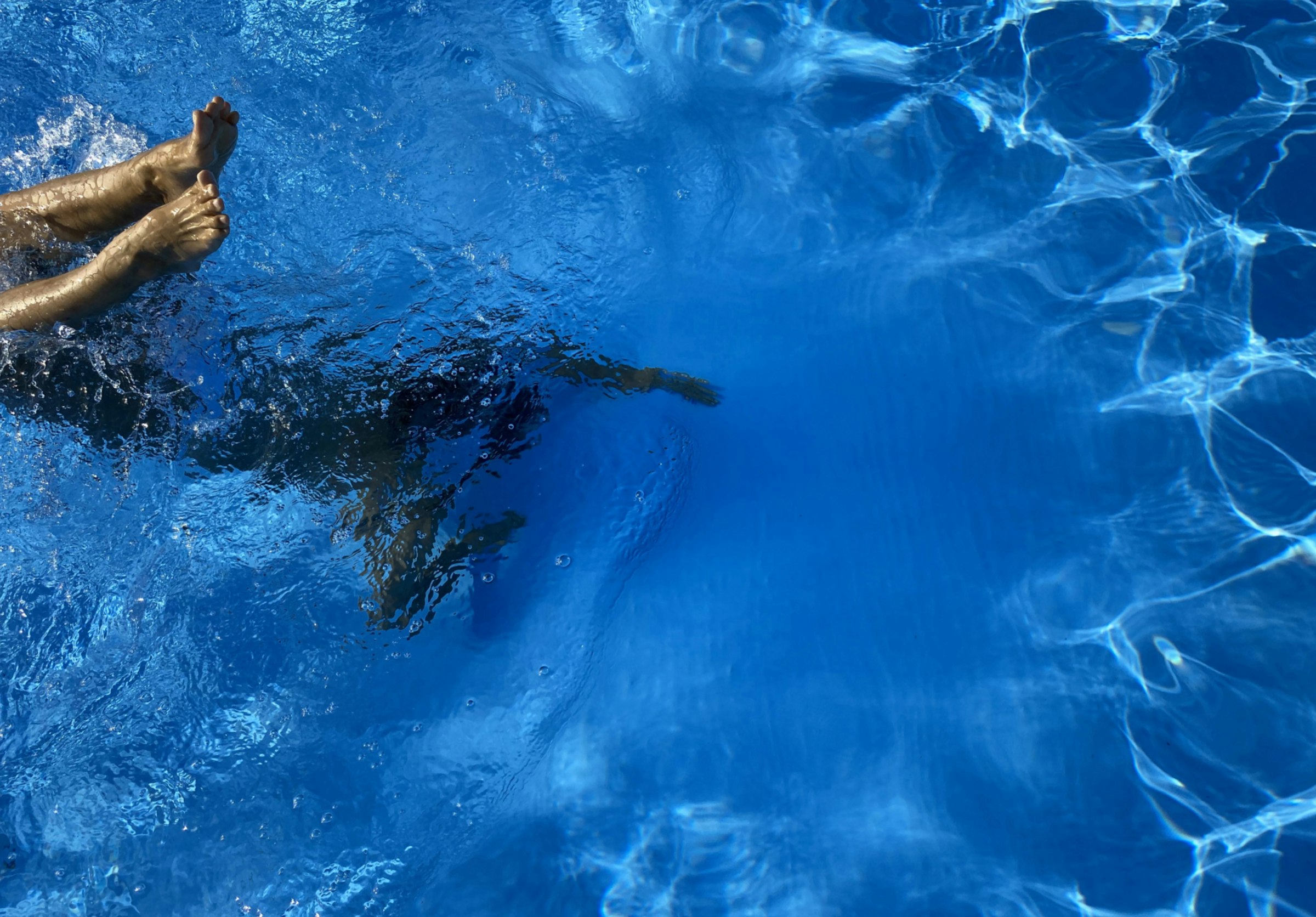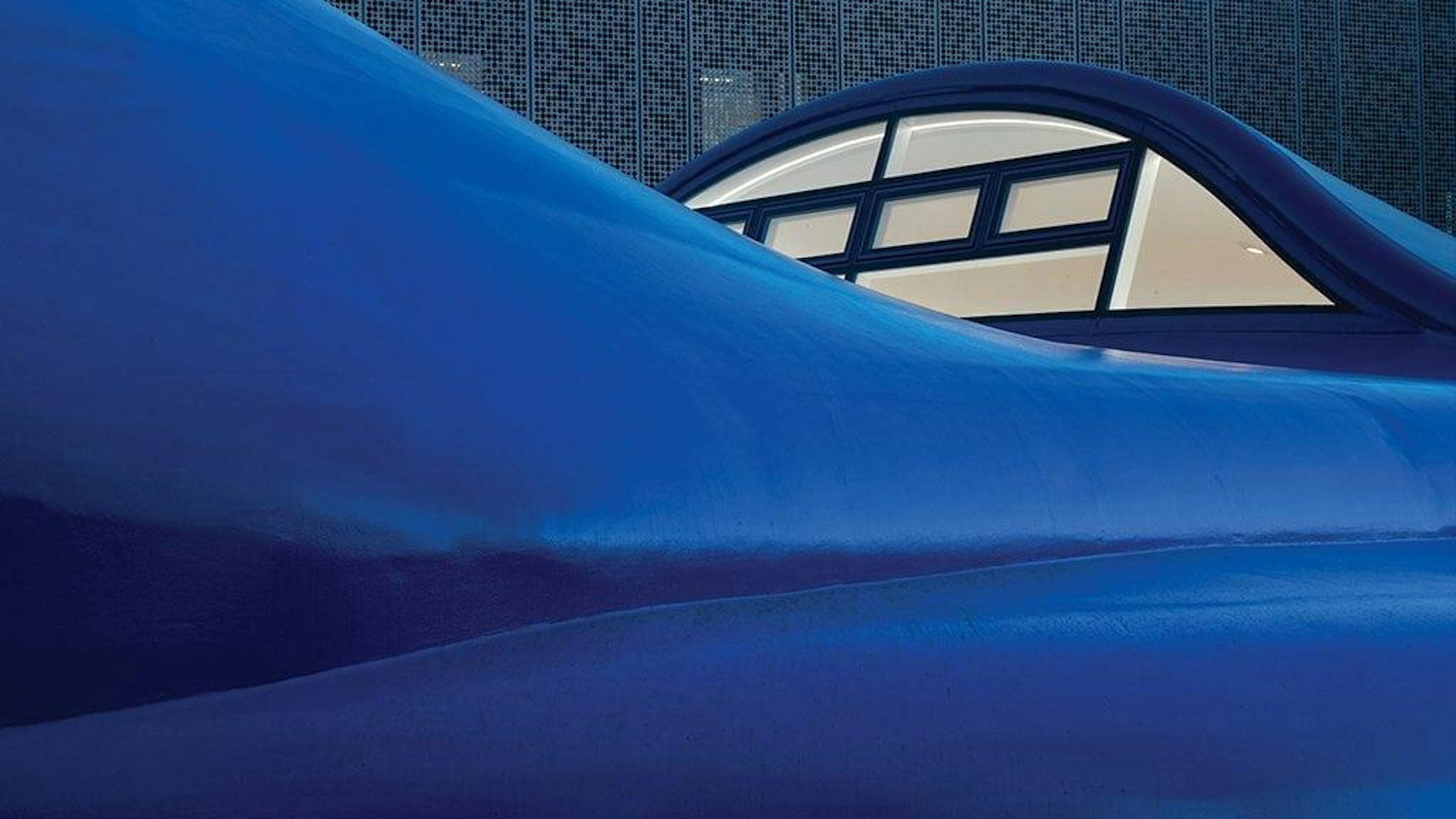
I sat down with Dan Bowhay, from BA (Hons) Photography, to ask him about his current project, Binocular/Monocular, in which he explores his disability through a camera.
Can you start by explaining the general idea behind the work and the motivation for working with this theme?
My project is about exploring my disability and my vision. I see out of only one eye, which is monocular vision, and I had a realisation in how this is similar to the camera. So my project explores how I can use the camera to explore the binocular, two-eyed eyesight that I don't experience.
How have you represented the monocular and binocular vision through photography?
Essentially the colour and the black and white represent the two channels of vision; colour representing the right channel – the right eye being the eye I see out of – and the black and white representing the left eye that I don't see from. Using those layers to represent the things that I do and don't experience.
Speaking of the colour and black and white, you've shot all the images here on large-format film, and in particular the colour film is colour positive. What it's been like working with colour positive film?
The materiality of this project was really important to me as well. Using this large-format film to show the effect that I'm creating by layering the black and white and the positive colour image is done physically, rather than through software or digital manipulation. There are a lot of scientific visualisations of different visual impairments, and a lot of those are digital representations that I wanted to distance myself from. They’re useful from a scientific perspective, but I’m distancing myself from that and making it clear that it's a physical thing.
I've chosen to use large-format film so that the image is big enough to be manipulated physically and presented where you can see the border of the film holder, which proves to the viewer that it's a physical thing straight out of camera. And obviously that's also the reason I've used positive film (as opposed to colour negative), so that it’s viewable as a positive image straight away.
All your images for this are shot on location, out in mostly natural areas. How did you go about picking the locations for your shoots?
Another aspect of exploring my vision is that, as I lost my binocular eyesight at a very young age, it's not something that I've really experienced. So I wanted to use this project as a way to experience and revisit places that I went to a lot as a child, and through the layering techniques I'm using for this project, I can explore the depth of these scenes. All the locations I'm using the projects come from memory. Places that I have strong memories of.
What challenges have you experienced so far with the work?
In a way, the work becomes quite meta in terms of how it's experienced, because I am viewing it from a monocular, one-eyed perspective. So, for me, it works in a way that I can explore depth in the scene that I didn't as a child. But for other people, who view it binocularly, they obviously have a different perspective on the work that I can’t experience. Knowing how other people have seen my work is quite difficult – probably impossible – for me to visualise. Whilst predominantly I'm producing this work for myself and my own monocular perspective, and I'm not overly fussed about how other people view it, it's still important to understand that it works in some way for them, and it's quite difficult to get a concrete answer of how other people see it.
What’s the highlight of the project so far?
I shoot a lot of film for enjoyment outside my projects, but it's been a while since I've worked on a project that was shot on film. So having a project that brings together my personal love for film and something that works conceptually for the project is something I have really enjoyed.



